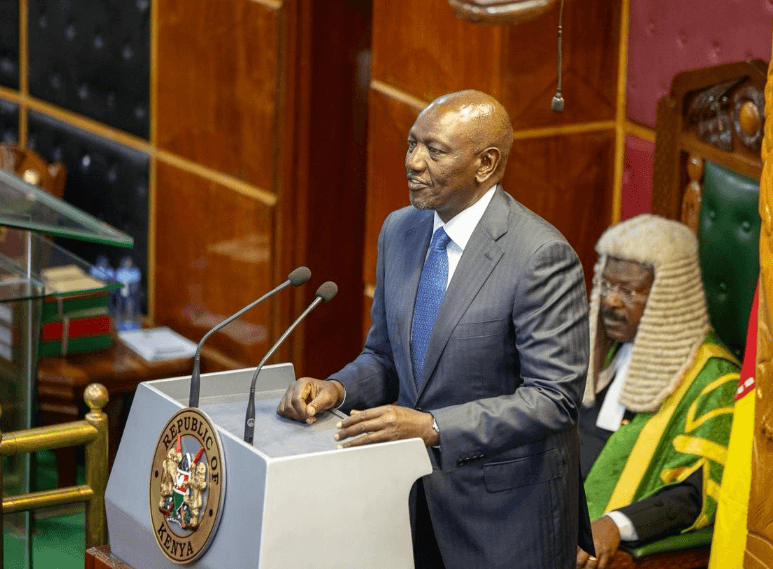
Kenya’s bid to reduce emissions and adapt to the impacts of climate change will cost the country Sh2.2 trillion.
This is according to the Nationally Determined
Contribution, which was deposited with the United Nations Framework Convention
on Climate Change on April 30.
“The estimated budget required for the
implementation of the adaptation initiatives for the period 2031 to 2035 is $17.7
billion (Sh2.2 trillion),”
Kenya says in its second NDC.
The funds are also for putting in place
mechanisms to avert and minimise loss and damage associated with climate change.
In 2016, Kenya ratified the Paris Agreement and
submitted an ambitious NDC with a commitment to reduce emissions by 30 per cent
against a business-as-usual scenario by 2030.
The NDC increased mitigation commitment from 30 per
cent in 2016 to 32 per cent by 2030.
The implementation cost of the updated NDC mitigation
and adaptation was then estimated to cost $62 billion (Sh8 trillion) between
2020 and 2030.
“Subject to national circumstances,
Kenya intends to bear 19 per cent of the adaptation cost from domestic
resources, while the balance is subject to international support,” Kenya says
in the latest NDC.
The country says 28 per cent of the NDC cost will be
achieved through investments in projects designed to deliver mitigation and
adaptation benefits.
However, these estimated resource requirements may
change with circumstances.
NDCs embody efforts by each country to reduce national
emissions and adapt to the impacts of climate change.
They are submitted every five years to the UNFCCC
secretariat.
Under the Paris Agreement, each party is required
to prepare, communicate and maintain the successive NDCs it intends to achieve.
The agreement, which Kenya is a party to, lists a
series of commitments to limiting global warming.
Parties to the Paris agreement must pursue domestic
mitigation measures with the aim of achieving the objectives of such
contributions.
Kenya is keen to address climate change as it erodes 3
to 5 per cent of its Gross Domestic Product annually through extreme weather
events.
The country says it aims to catalyse economic
resilience and sustainable economic growth through bold and ambitious climate
action.
About 90 per cent of electricity supplied to Kenya's
national grid is from renewable energy sources.
Geothermal energy is the leading renewable source of
electricity in Kenya and accounts for nearly 45 per cent of the supply,
followed by hydropower, wind, solar and biomass energy.
Despite the high percentage of renewable energy use
and potential, the power sub-sector experiences technical and operational
inefficiencies with high implications on the cost of electricity.
Kenya says that, subject to national circumstances, it
will mobilise domestic resources to realise 20 per cent of the emission
reductions.
The remaining 80 per cent will be achieved through a
combination of international support, including finance, investments,
technology development and transfer, and capacity building and participation in
carbon markets.
The mitigation goal will be achieved by promoting and
implementing key priority mitigation initiatives.
These include undertaking energy sector reforms aimed
at universal access to, adequate, reliable and affordable energy services.
The aim is to increase renewable electricity
generation in the national grid to 100 per cent by 2035.
Other initiatives include the adoption of clean and
efficient energy use for the transport, industry, agriculture and domestic sectors
including clean cooking.
Low-carbon, climate-resilient and efficient
transportation systems that are gender-responsive will also be promoted.
This will be done through electrification, modal
shifts, urban mass rapid transport systems and overall greening of the
transport sector.
In agriculture, some of the measures that will be undertaken include drought risk management, incorporating drought early warning and preparedness.












